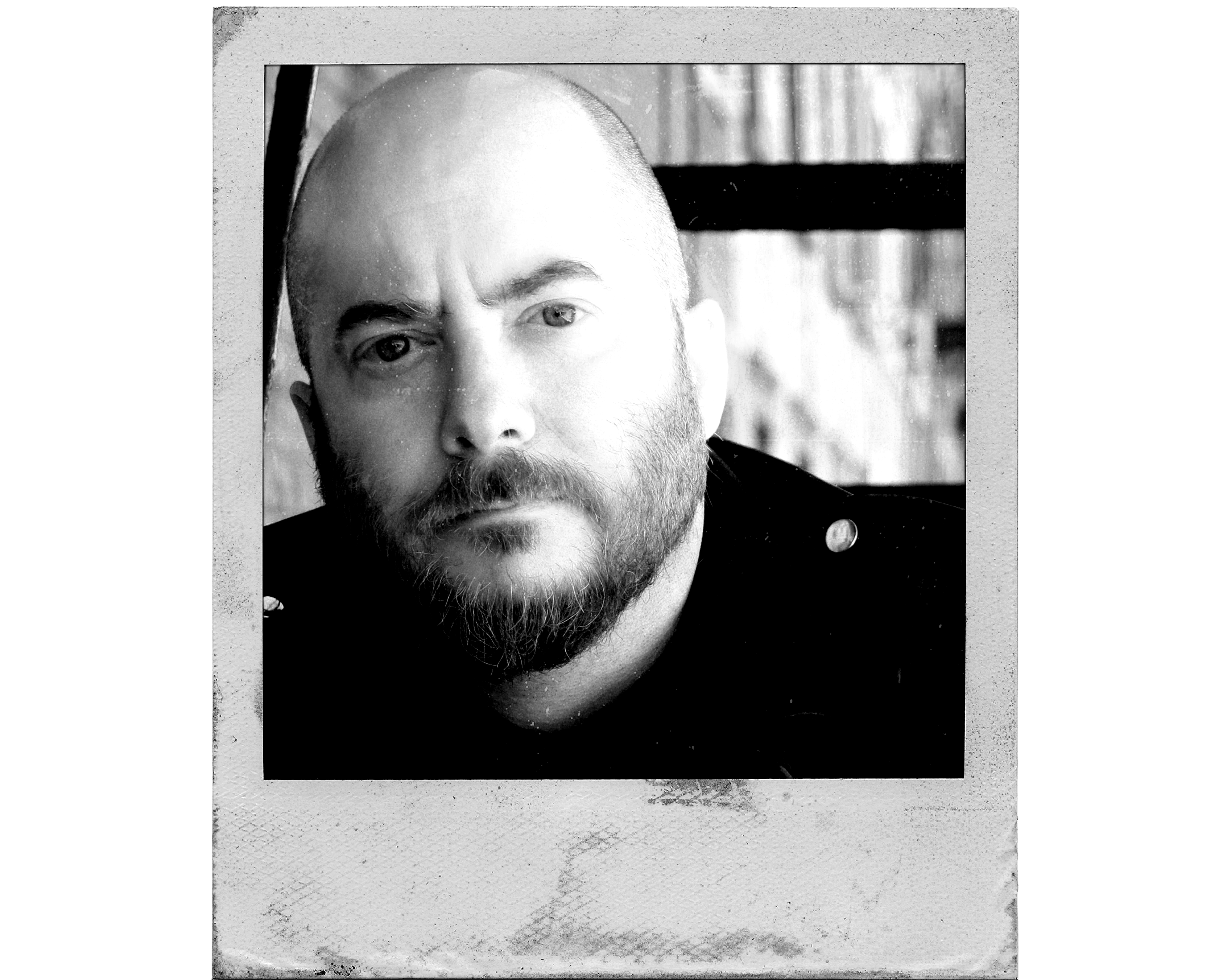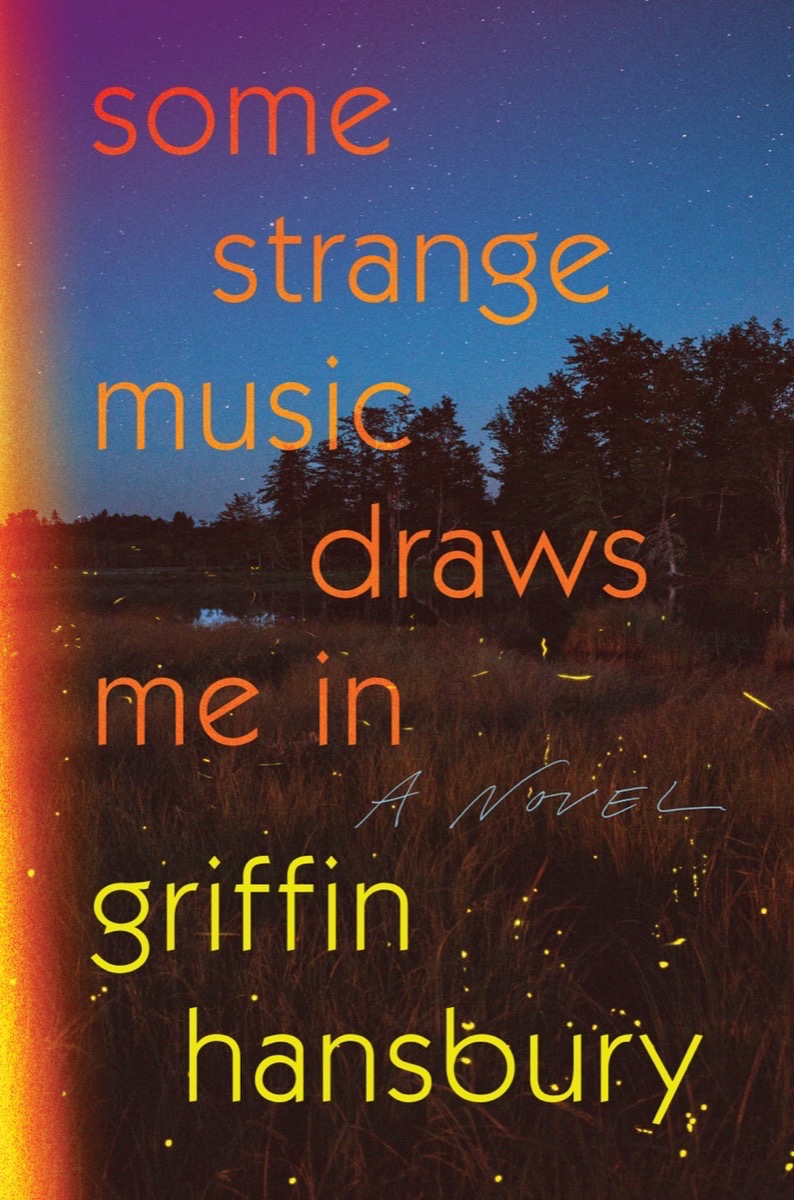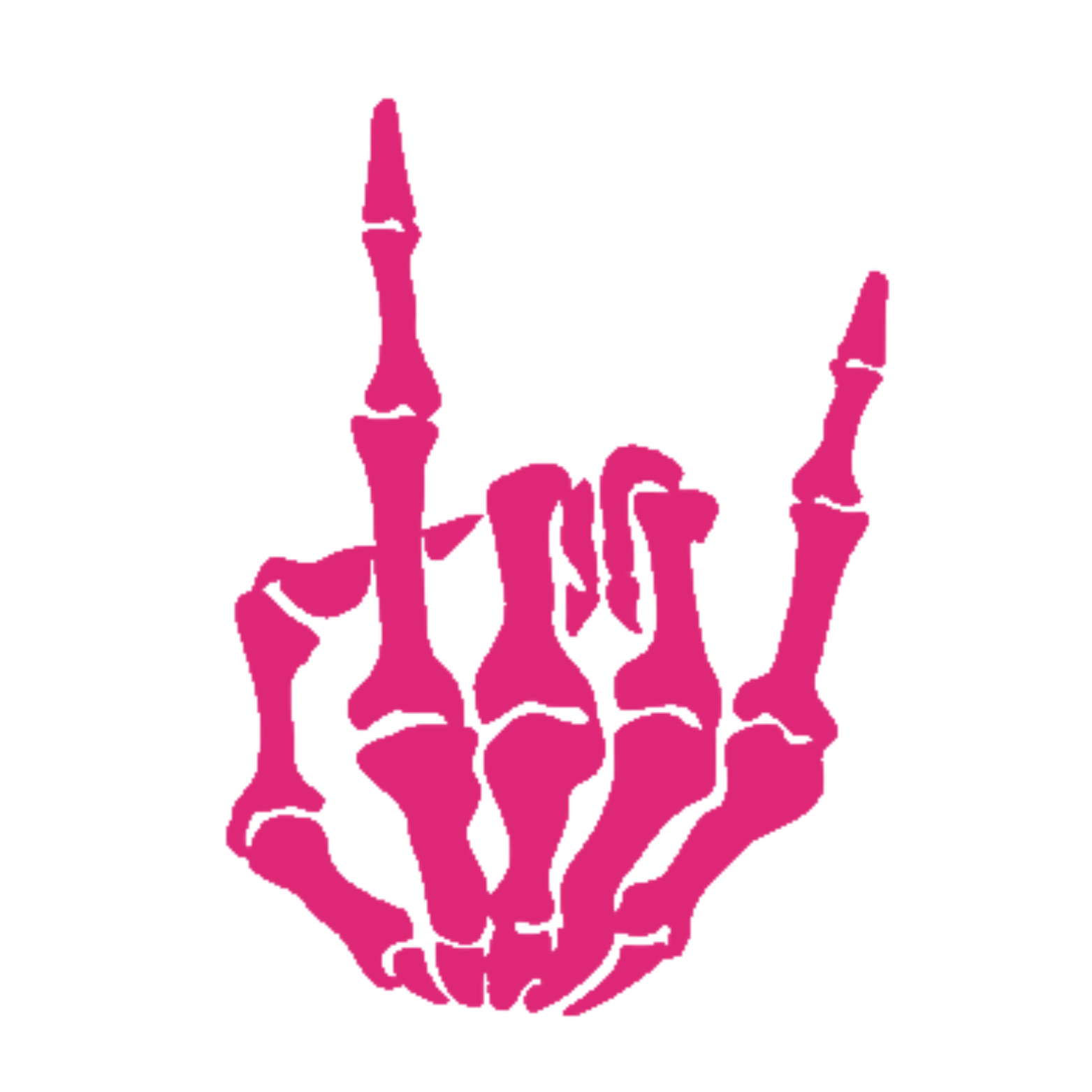Stranger danger, feathered roach clips, and trans elders
As Jeremiah Moss, Griffin Hansbury is the lovable curmudgeon behind Jeremiah’s Vanishing New York and the author of Feral City, an account of living in New York City under lockdown. His new novel, Some Strange Music Draws Me In, begins when Max—a trans man who is on probation from his teaching job for using language some students find transphobic—goes back to small-town Massachusetts after his mother’s death. Stranded in the place where he grew up, Max remembers what it was like to be a girl named Mel and the trans woman named Sylvia who saved his life.
A portion of this interview appeared in the Sheela Na Gig Issue of Croning (available in print and digital editions).
I met Griffin Hansbury in 1989, when we were both first-year students at the same tiny liberal arts college. We shared the special bond that only work-study students at a very expensive school share, and we’ve been pals ever since. I loved reading his book, and I always love talking with him. I hope you enjoy eavesdropping on two people from the 80s who have matching tattoos from the 90s.

Jessica: We both grew up working class in the 80s. Your protagonist, Mel, is also growing up working class in the 80s. In this novel, you include what I believe is the single artifact that best captures growing up working class in the 80s, and that is the feathered roach clip. I don’t know how old I was when I figured out what those things actually were, but I can tell you that all the cool girls at Woodland Elementary had them in their hair after the carnival came to town. In fact, I’m wearing one in my sixth-grade school picture.
Griffin: Of course you are. I didn’t know what a roach clip was, either. They were purely decorative, right? My most vivid memory of the feathered roach clip was when I tried to hang one from my septum, which was very painful.
I think I was in college when I realized that those little mirrors with Led Zeppelin or whatever on them were coke mirrors.
They were? I guess that makes sense. They were useless as, you know, mirrors.
What a weird time. Like, you’re an 11-year-old throwing darts at balloons and some creepy dude in a muscle T is, like, “Nice job, kid. Here’s some drug paraphernalia.” Anyway, you do a great job of capturing what it was like to grow up then, including the generalized sense of menace that permeated our lives.
Yeah, all that stranger danger stuff. I was so afraid of white vans. I used to walk to school, and every day I would see the same white van. Probably just some guy going to work at the same time I was going to school, but I was absolutely certain that this white van was being driven by a murderer who wanted to abduct me. And of course I told this to my friends, and they became afraid of the white van abducting them, because that’s how hysteria works, right? So, then we were all convinced that this white van belonged to a child murderer.
We told our mothers, and then the mothers got nervous about the white van. And… That’s it. This is the end of the story, because there is no story.
This is one of the things we see Mel processing as the novel goes on. She’s constantly being warned to watch out for strangers, but it’s the people closest to her who are actually causing her harm. Her home isn’t safe, her town isn’t safe, her culture isn’t safe—not for her and not for Sylvia.
Sure. We were protected from imaginary predators. That’s the hallmark of a moral panic, right?
Nobody wants to know that it’s the people close to us that are most likely to hurt us, so we project onto strangers. I guess this is how we ended up with pictures of missing kids on milk cartons.
The milk carton kids were new, another way to remind us that our lives were filled with danger. Serial killers and Satanic ritual sex abusers. Nuclear missiles and AIDS. Cyanide in Tylenol capsules. Razor blades buried in apples on Halloween night. But it was the missing kids that most captivated me. I saw my own face in their photos each morning at breakfast.
—excerpt from Some Strange Music Draws Me In
This is a free post. Sharing is caring.
As a trans woman, Sylvia becomes a very specific object of moral panic. Something I’ve thought about a lot over the past several years—as we’ve had to deal with bathroom bills and other forms of anti-trans legislation—is that the moral panic around trans women is really a moral panic about cisgender men.
You mean the fear of cisgender men dressing up like women and pretending to be trans so they can get into women’s restrooms?
Right. That’s not about transness. It’s about maleness.
And it’s also about this idea that women’s spaces have to be protected. I mean physical spaces, like restrooms, like locker rooms, but also women’s sports, which is maybe a social space? And then there’s the… What? The psychic space of femininity itself? There’s the question of who’s allowed to belong to what category. We’re supposed to be protecting women and girls from maleness. One of the supposed threats of trans masculinity is that it’s eroding the category of a woman who has to be protected.
When, in reality, we do not protect women from actually predatory males—just imaginary ones—because we want to believe that the real threat is strangers, not our fathers and husbands and pastors and et cetera.
One of the things I tried to show in the book is how Mel and Sylvia become something like strangers in their own hometown. This is Massachusetts, right? I talk about the witch trials. What Mel and Sylvia go through is something like that hysteria. But, in their gender expression, they don’t conform to the norms of this small town. They become strange—not strangers, exactly, because everybody knows them, but illegible and therefore dangerous.
One of the things I wondered while I was reading was: Is Sylvia extra threatening because she’s not trans enough? Or probably what I actually mean is feminine enough. Does that make sense?
You mean because she’s a tomboy?
Yeah, exactly. Like, she doesn’t wear heels and dresses and makeup. She wears cutoffs and T-shirts and has a shag. She competes in the demolition derby.
Right. Sylvia has just come back to her hometown. I see the demolition derby as her way of saying, I can still be here, I can still take up space, you’re gonna see me. I’ll show you. She’s not hiding. She’s not going to cover up her true self with a femininity that doesn’t feel real to her, you know?
Now I’m thinking about passing—and kind of the history of passing. My kid is happy when someone recognizes him as male, but he also wears makeup and dresses. He wears his transness, in a way. He identifies as masculine, but his transness is quite visible.
Nonbinary is not a concept that would have been available to Sylvia and Mel in 1984. But, even if a concept isn’t available, it can be lived—you just don’t know you’re doing it. You don’t have the words for it. This book is so much about what can and can’t be thought before it’s thought in community, because there wasn’t a nonbinary community back then—certainly not the way there is now, and certainly not in a small town. You couldn’t just get online and find people like you. So, how do you become yourself when there’s no representation? Not only how do you become trans, but how do you understand all the nuances around your transness before these ideas have been collectively thought and shared?
I know that this book is not an autobiography. I know that you are not Mel. But I also know you and I know that you grew up with no models for what you are—no way to understand that you could exist. There were definitely moments when I felt like I heard you speaking.
That’s so much of what I wanted to explore in this book—that experience. Trans women have been represented for years and years—often by cis people, and not always well, obviously—but the idea of the trans woman has existed for a long time. But trans men and trans masculinity have barely been represented at all.
The big question of the book is, really: How do you know you’re trans masculine if you’ve never seen yourself represented? I think there are so many more people identifying as trans men now because they know that trans men exist. This opens up doors inside of you, right, when you know that being a trans man is possible. I don’t even know how I figured it out, without any models. It’s still a mystery to me.
And, now you’re a trans elder…
One of my patients1—a young trans woman—recently asked me how old I was. I told her my age and she was stunned, mostly I think because young people cannot imagine that anyone over 50 understands their world. She thought I was maybe 35, but I am not 35 and she informed me that I am, in fact, a trans elder. I have mixed feelings about being an elder at 52, but I guess that’s old in trans years.
I suspect that no young person ever, in the history of the world, has thought that old people understand their world, but… It really is a new world in terms of gender identity.
Oh, absolutely. It’s mindboggling for me to think about kids like your kid who are just growing up knowing that trans people exist, that nonbinary people exist, understanding cisgender privilege, even just having the word “cisgender.” Cisgender people used to be normal people, regular people. When you don’t have the word “cisgender,” your thoughts about who you are in relation to cis people are very different thoughts.
Do you feel like maybe the internet has taken over the role of trans elder?
I do. But I also wonder how young trans people, young queer people, will respond to this book—if this book will provide something of a queer elder, trans elder experience for them. I think it’s still important to the young people to have role models. Some of my patients tell me that it’s important to them that I just exist, that I exist and I’m there in the same room with them. Because no matter how much better things have gotten for trans people, young trans people still believe that their lives are not going to be livable. They need to see that someone’s made it. And maybe that’s the best thing I have to offer, like, I’m still here, and I’m OK. You know, as much as any of us is OK.
Sure. I mean we have a whole political system set up to—
You still there? I think I lost you.
I’m still here. I’m just crying. Representation is wonderful, but…
Well, yeah. The downside of representation is backlash against it, right? When we were invisible, nobody had to look at us or think about us or ask themselves if we deserve full human rights—or just the right to take up space, to exist.
Sorry. I’m still crying.
It’s a sad state of affairs, and it’s a sad book in a lot of ways—but also not in a lot of ways!
Right. Let’s bring it back to the book. I feel like you do a great job of ending on a hopeful note without being completely ridiculous.
What would have been ridiculous?
A happy ending that doesn’t… I don’t know, account for our current reality? Like, not everything is resolved. Nothing is perfect. The story closes in a way that I find satisfying and believable. I am offering you a compliment.
I’ll take it.

Griff’s book is available now. If you use this link, you’ll be supporting Croning and the bookseller collective that is Bookshop.org. If you have a favorite local indie, please buy the book there!
This is a free post. Please share.
Bonus Material!
Here’s an excerpt from Some Strange Music Draws Me In.
Griff’s responses to the Oldster questionnaire are just lovely and very relevant to crones. In fact, I recommend Oldster generally for people aging thoughtfully.
I’ve been working a playlist inspired by Some Strange Music Draws Me In. I’ll probably keep tinkering, because that’s how I am with playlists. Recommendations welcome.
If you’ve read this far, maybe you would like to subscribe?
Griff is a psychoanalyst, and the first psychoanalyst to publish as an openly transgender person. ↩


Comments ()